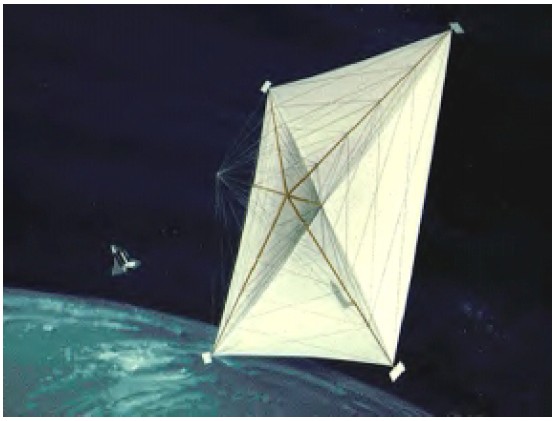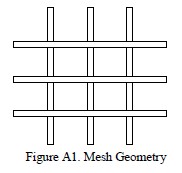Using Carbon-NanoTube (CNT) sheets that we can make now, we might push towards ~2,200 km/s. Of course there will be structural mass and the payload reducing the top speed – thus we might hit ~1,800 km/s tops with CNT sheets, if made perfectly reflective. Even for lower reflectivity the speed will be about ~1000-1500 km/s.
How hard can we push it? A 1999 study by Dean Spieth, Robert Zubrin & Cindy Christensen for NASA’s Institute of Advanced Concepts (NIAC), which can be found here, examined using CNTs arranged in a spaced-out grid. One of the curiosities of optical theory is that, for a given range of wavelengths, the reflective material doesn’t have to be an unbroken sheet – it can be an open-grid.
Computing the reflectivity of such things is difficult – best to make it and measure it – but estimates of how a CNT grid would perform suggests that a CNT sail might accelerate at ~18 m/s2 at 1 AU from the Sun, implying a final speed of 2,320 km/s. Dropping inwards and launching from 0.019 AU would mean a final speed of 16,835 km/s (0.056c), allowing a probe to reach Alpha Centauri in just 78 years, propelled by sunlight alone!
To send people, rather than rugged robots, a different approach will be needed – to be discussed in Part 3.


